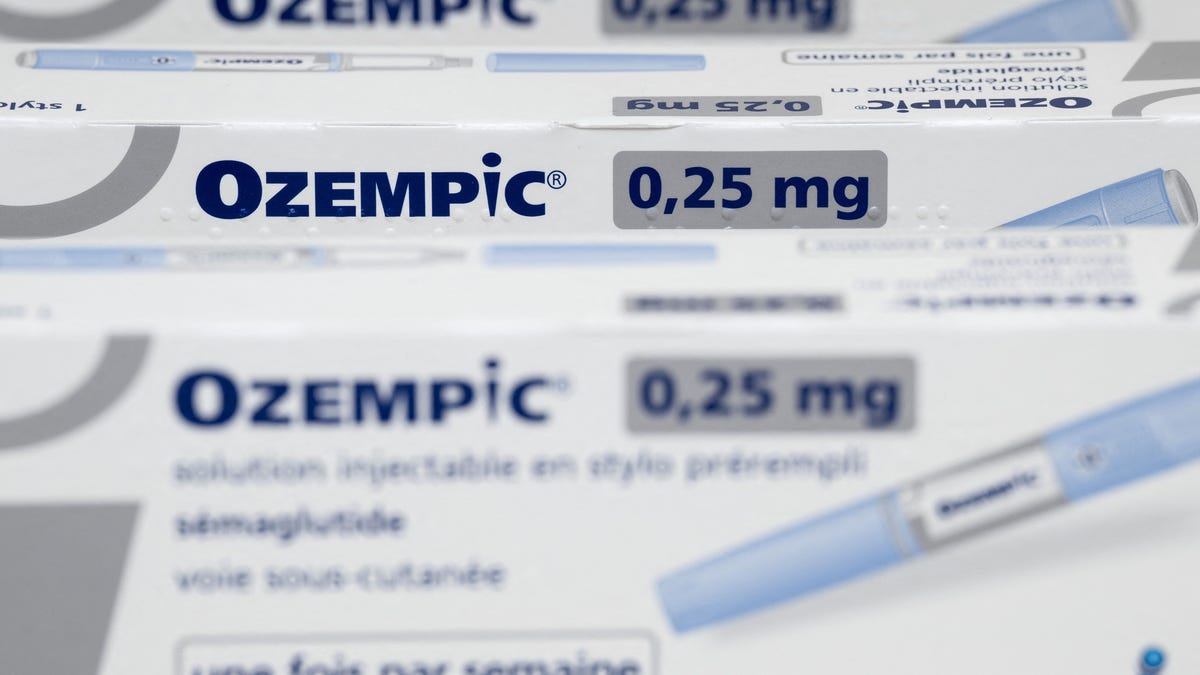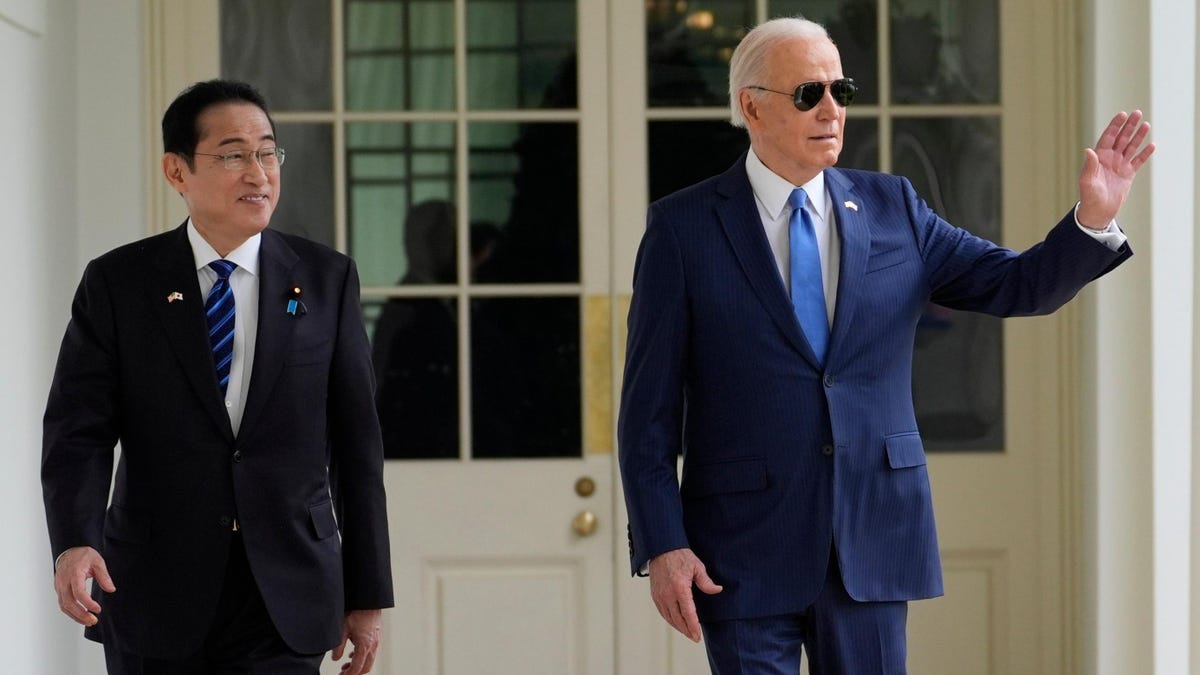Changing Patterns in GLP-1 Drug Usage in the United States
In recent times, there has been a noticeable increase in the number of Americans opting for GLP-1 drugs such as Ozempic and Wegovy. Despite the widespread recognition of these medications for their weight-loss advantages, a significant portion of users rely on them primarily for addressing other chronic ailments.
Insightful Survey Data
A recent poll conducted by the health policy research firm KFF and unveiled on Friday revealed that approximately 1 in 8 American adults have utilized GLP-1 drugs at some point. Additionally, half of these individuals are currently using these medications, showcasing the substantial prevalence of these drugs among the population.
GLP-1 drugs belong to a category primarily designated for assisting patients in managing type 2 diabetes. Alongside their conventional use, they have demonstrated efficacy in appetite reduction and facilitating weight loss in users.
Expanding Demand for Weight Loss Treatments
The demand for GLP-1 drugs, particularly for weight loss purposes, has witnessed a significant surge. Prominent options in the current market like Zepbound, Wegovy, and Saxenda have obtained approval from the U.S. Food and Drug Administration for weight management. On the other hand, medications such as Rybelsus, Ozempic, and Mounjaro are sanctioned for treating type 2 diabetes.
The majority (62%) of adults utilizing GLP-1 drugs reported their usage primarily for managing chronic conditions like diabetes or heart disease. Almost 40% of users highlighted weight loss as their primary motive for drug consumption. Notably, younger individuals were more inclined towards using these medications for weight reduction purposes compared to their older counterparts.
Financial Hurdles and Accessibility Issues
One of the major challenges associated with GLP-1 drugs is their steep pricing. For instance, Novo Nordisk’s Ozempic is priced at approximately $1,000 per pen without insurance, with a weekly dosing regimen. Similarly, Eli Lilly’s Mounjaro carries a price tag of $1,069 per fill and is administered on a weekly basis. Although insurance coverage in the U.S. can mitigate these costs to roughly $100 per month, certain providers like Medicare refrain from covering these drugs specifically for weight loss indications.
In a positive development, the U.S. Centers for Medicare and Medicaid Services announced Medicare’s decision to cover the costs of Wegovy. However, this coverage is contingent on the prescription being aimed at reducing the risk of severe cardiovascular events such as heart attacks and strokes, rather than for weight management purposes.
The financial burden associated with GLP-1 drug acquisition is a significant concern for users. More than half of adults who have consumed these medications expressed difficulties in affording the costs, with 22% categorizing it as “very difficult.” Even among those benefitting from insurance coverage, a substantial 53% found it challenging to bear the expenses.
Image/Photo credit: source url





